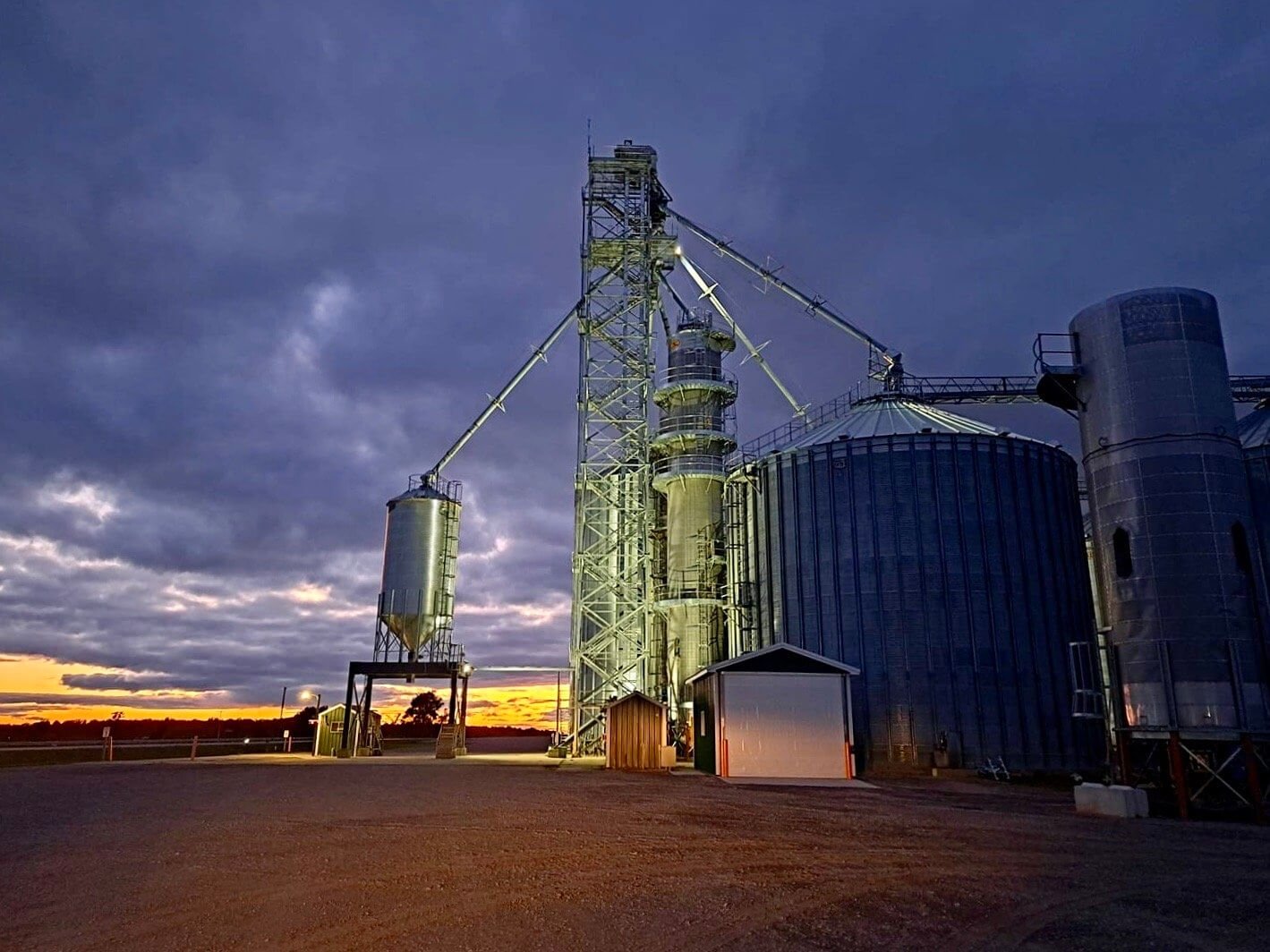
Our methods
We use the latest practices
to farm efficiently and responsibly
Main Farms believes using the land we farm and the resources needed to grow food responsibly is extremely important. Being good stewards of our resources and using them efficiently is not only good for business but also — more importantly — for our neighbors and the environment as a whole. Here is just a sample of the many systems, techniques and equipment we have in place to ensure the responsible and efficient use of land, water, fertilizer, etc.
-
The industry standard for planting potatoes in a field is to do so every three years. Main Farms plants potatoes on a four-year rotation. This allows us to increase soil organic matter and to maintain our topsoil to the absolute best of our ability.
-
In 2024, Main Farms made a substantial voluntary investment to partner with Midwest Water Stewards and install four water monitoring wells to ensure that we are using water responsibly. A major part of that commitment was committing to making whatever changes that were necessary should we ever learn that we are having an adverse effect on that important natural resource. The Midwest Water Stewards network of farmers in Michigan and northern Indiana has installed more than 230 monitoring wells with the same goals in mind.
-
Main Farms samples soil across our farm in grids ranging from 1 to 2.5 acres. None of our fields go more than four years between grid samples; many are sampled at shorter intervals. Based on the information we gather, we know the soil type, topography, fertility and yield history for each grid zone. With our variable-rate fertilization equipment and this data in hand, we apply precisely the amount needed per zone to ensure we are never overfertilizing.
-
All of our tractors have GPS auto steering installed. Every time we are in the field — whether we are tilling, planting, applying fertilizer, applying pesticides, cultivating or harvesting — we are utilizing this precise navigation system. That means we are doing all of those things efficiently as possible, which reduces the use of water, fertilizer, pesticides and land.
-
Using the data gathered through grid sampling, we apply fertilizer at various times throughout the growing season to correspond with the crops’ needs and help maximize efficiency to avoid fertilizer loss.
-
Main Farms tests petioles, a portion of the leaf on a potato plant, to see how they are faring nutritionally.. That allows us to know exactly how much fertilizer they need, which prevents overfertilization.
-
Main Farms samples potatoes for size throughout the growing season to determine exactly when and how much fertilizer the plants need and to formulate harvest date and yield projections.
-
Main Farms plants cover crops on all of our early-harvested crops like wheat, oats, green beans, peas and soybeans. The cover crops we use are rye; oats and tillage radishes; and peas. This helps increase our soil organic matter, which is helpful in maintaining the health of our topsoil, and helps reduce wind and rain erosion. We track the soil organic matter by percentage annually.
-
Main Farms believes in irrigating our crops as efficiently as possible. We utilize low-pressure drop nozzles on our systems and variable frequency drives on pumps.
-
Main Farms uses reduced tillage passes on all fields and crops. We also strip till some fields before planting corn and band fertilize to reduce the overall amount of fertilizer applied and improve efficiency.
-
This roller crimper seamlessly crimps and flattens cover crops and prepares the soil for the next planting season without disturbing the soil structure with a tillage tool. In addition to preserving soil health, it also enhances moisture retention and reduces erosion.










